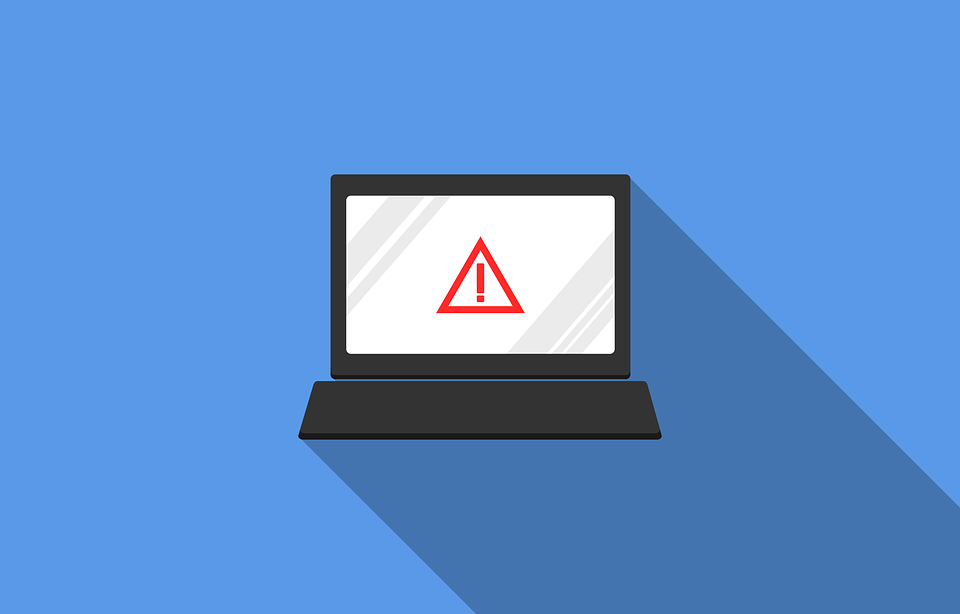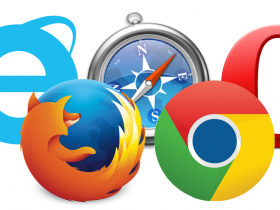The World Wide Web is a kind of double edged sword, in as much as it gives us untold benefits, yet this digital highway is also used by malicious code writers, to infect computers around the world. In the days before the Internet, the only way to infect a computer was to download the virus via a floppy disk (younger readers will not know what that is), yet with the Internet providing a virtual path to billions of users, the viruses of today typically come in the form of an email attachment.
The Execution of Malicious Code
The virus, hidden as an email attachment, will have an .exe file extension, and once this is activated, the harmful virus will embed itself onto the hard drive, and then it will do whatever it is programmed to. Some malicious code is extremely advanced, and it can rename itself, while also moving from folder to folder, and this can easily evade most anti-virus software. It will avoid detection until it is set to activate, which could be at any time or date specified, and once it activates, it will carry out whatever tasks the code writer wishes. This could be a wildly malicious attack, with no real benefit to the creator, except that it deletes the infected hard drive’s data, and may also render the drive unusable.
Data Theft
This is a different type of virus, as there is a defined objective, which might be to steal personal data, such as ID and bank account numbers, and there have been cases where billions of credit card users have had their personal data stolen by hackers. An unethical business competitor might hire a hacker to get to your marketing strategies, and they could use this information to get the edge over you in the market.
Unsolicited Emails
Although not nearly as harmful as viruses, spam is a problem for most computer users, but fortunately, there are software applications that not only protect you against a cyber attack, but they also filter your email account, and effectively quarantine any spam, thus keeping your inbox clean. Underhand marketing strategies can cleverly bypass most anti-virus programs, but Mailcleaner is the ideal solution for both data protection and anti-spam.
Best Protection
Any trusted software that is open source can be safely used, and the latest generation of anti-virus software offers 99.9% protection against malicious code, and with a free 30-day trial, the user can experience the effectiveness, and with a fully configurable interface, you can tailor the application to suit your business. A large company would typically have many employees, each with their own business email account, and the right software can effectively protect all email accounts, while eliminating annoying spam at the same time.
If you would like to know more about this innovative software package, there are online developers who can guide you through the installation process, and with a free trial, you have everything to gain and nothing to lose.
























